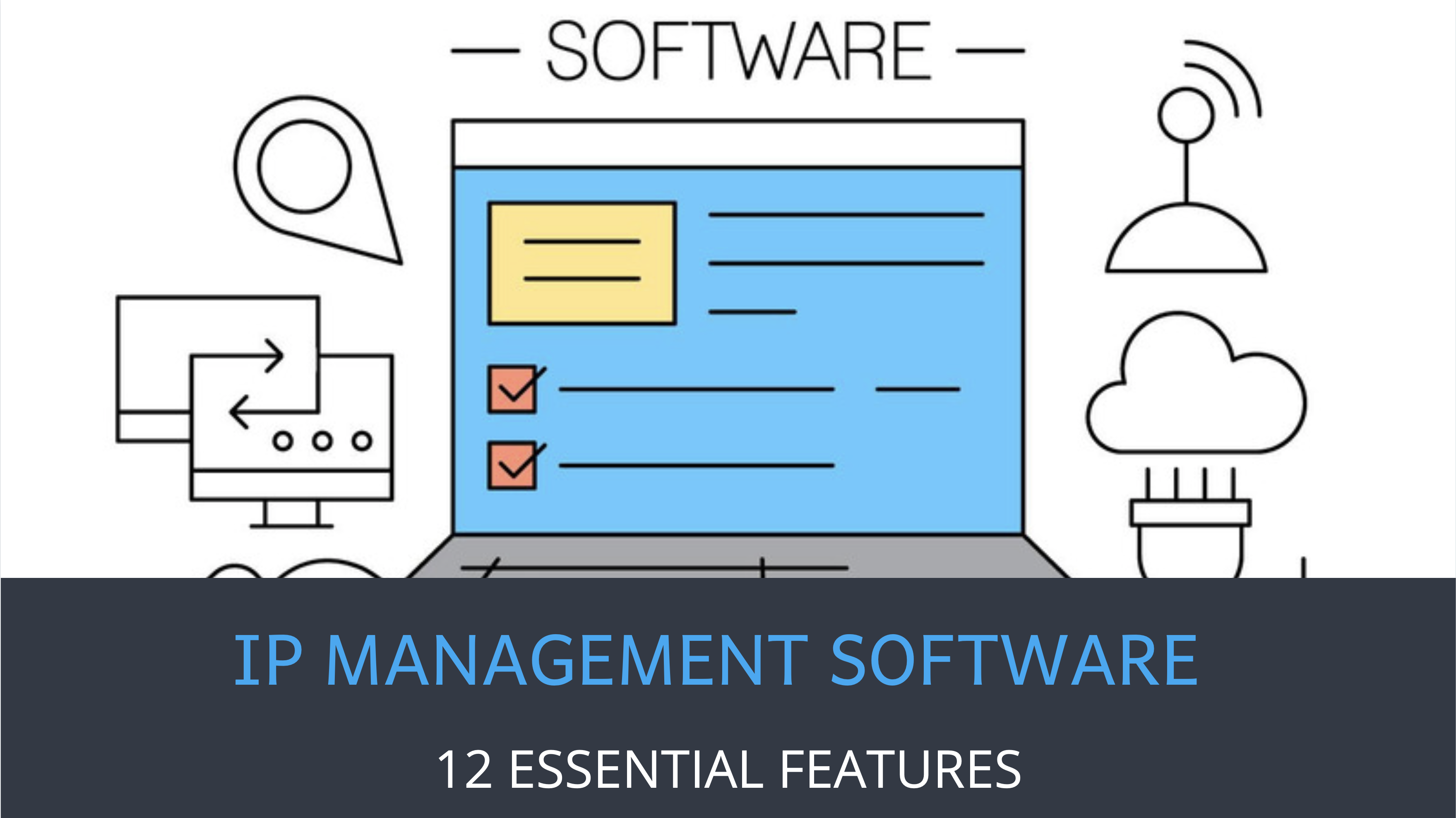
disruptive innovation
Latest News and Articles
Menu

Use Cases
Innovation Toolkit
Learn Innovation Management
Standalone Tools
© 2025 Triangle IP, Inc. | All Rights Reserved.

© 2025 Triangle IP, Inc. | All Rights Reserved.